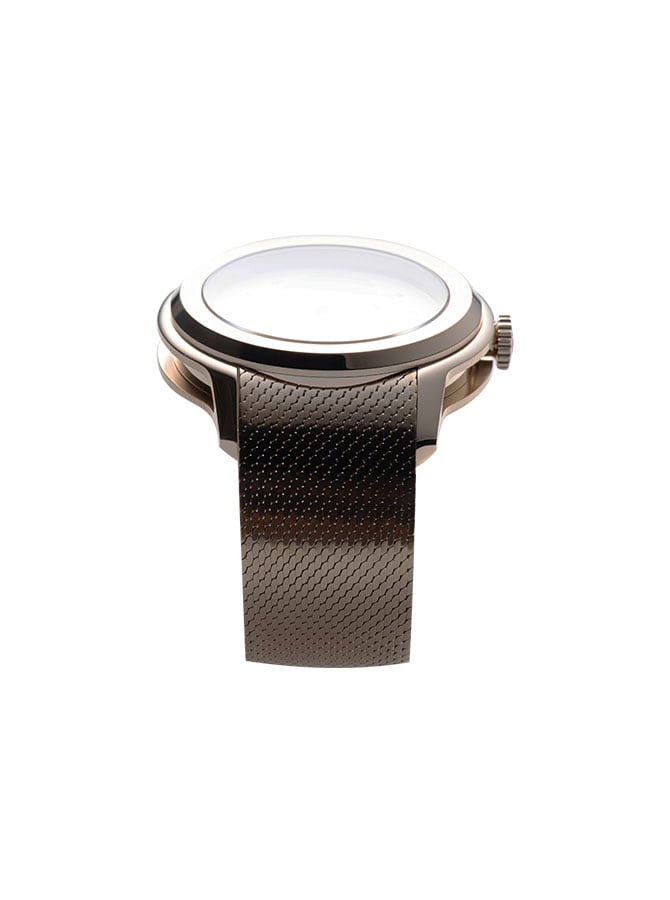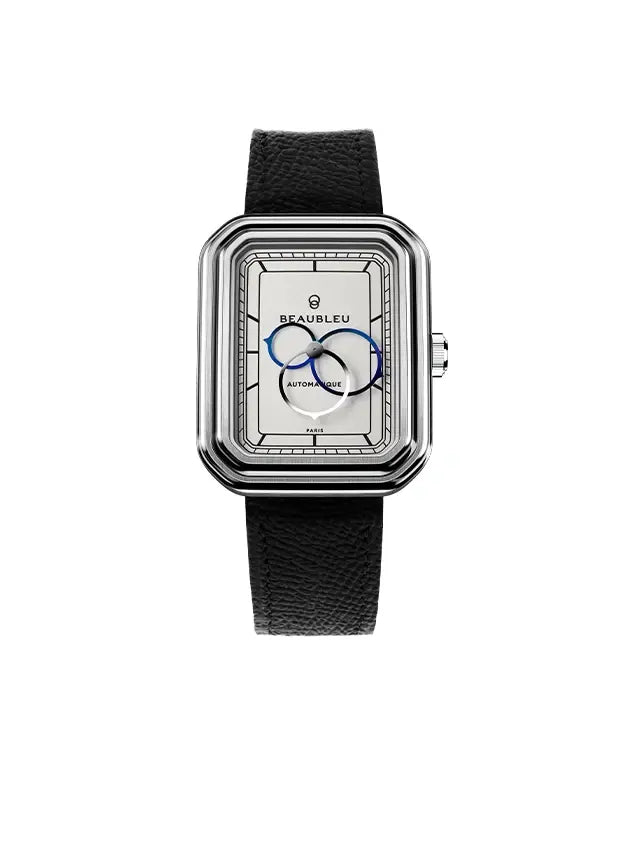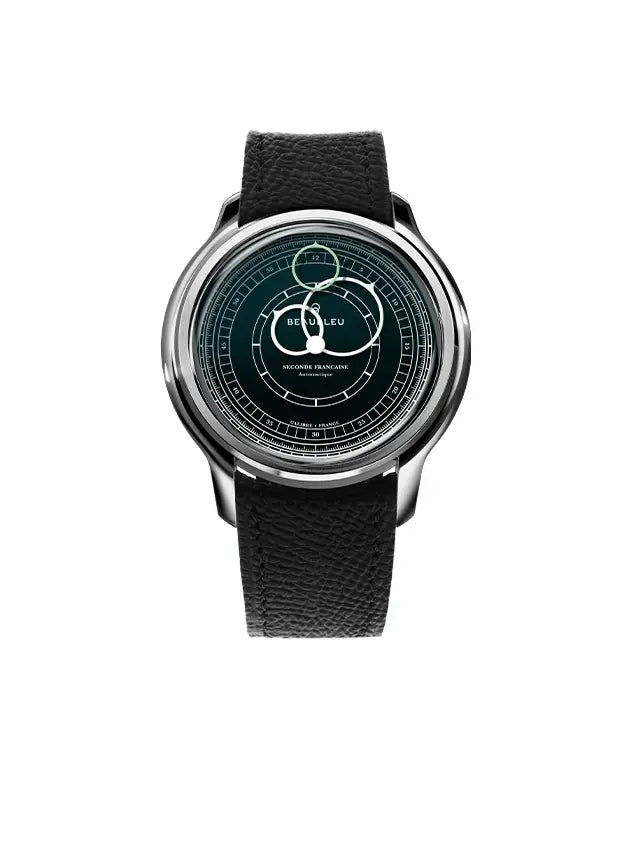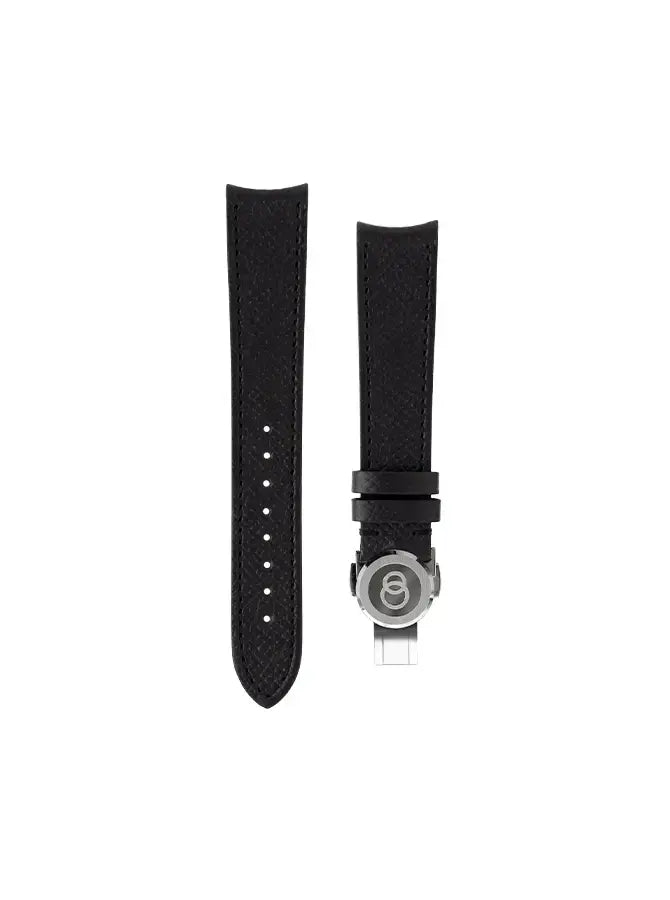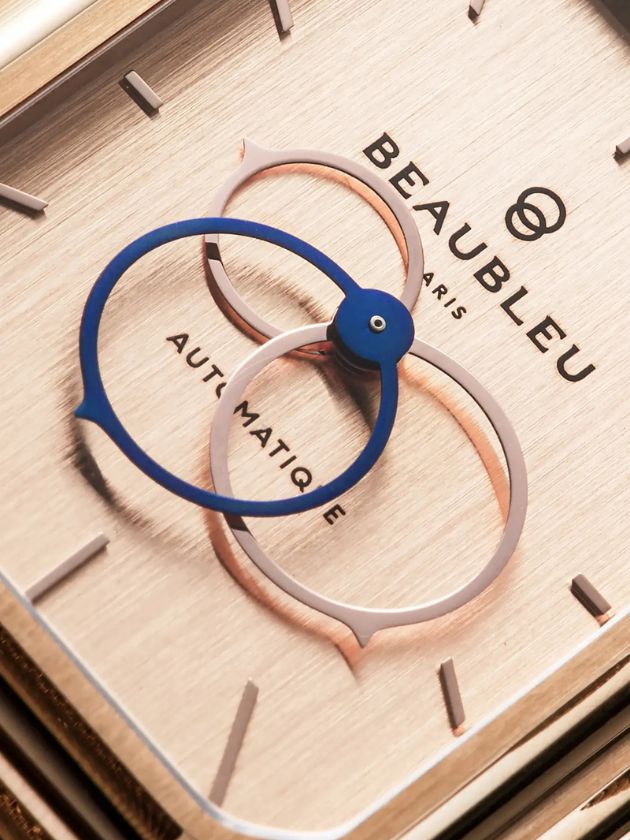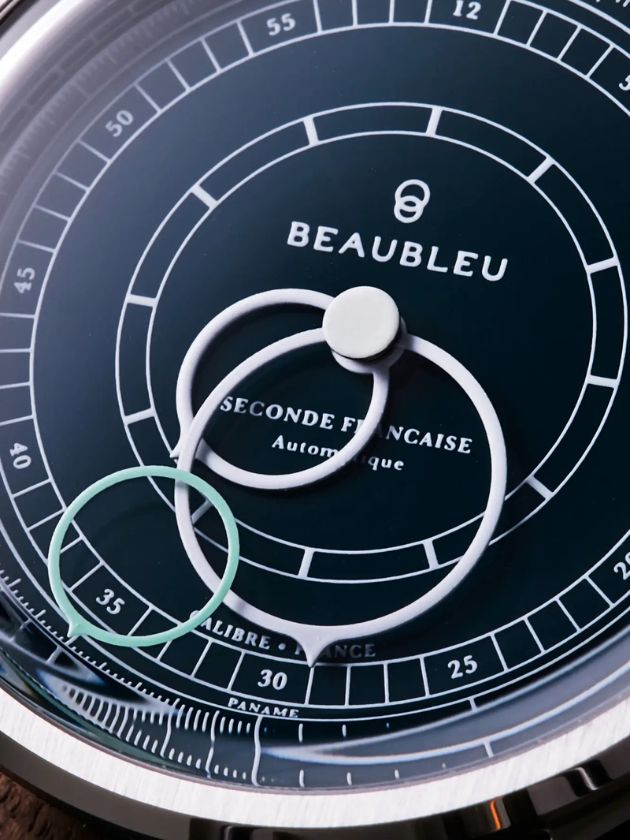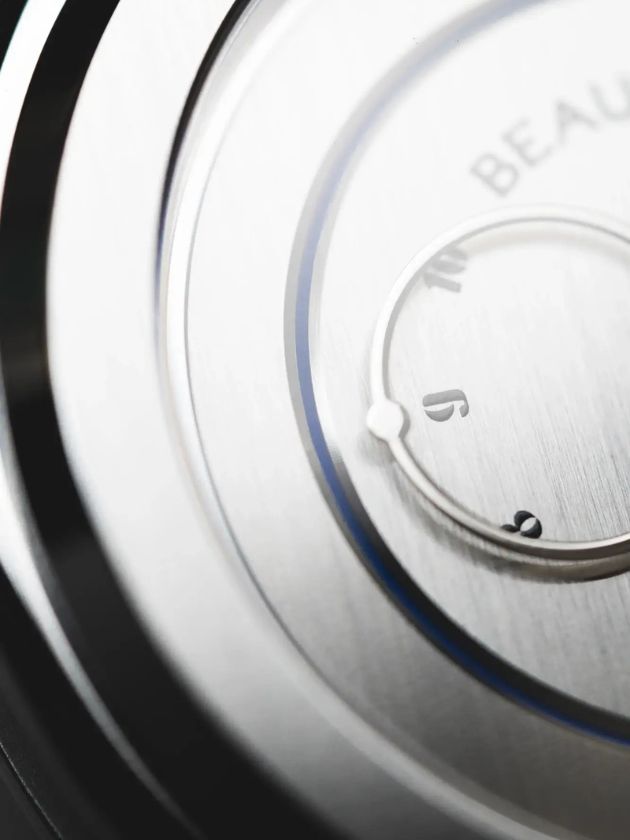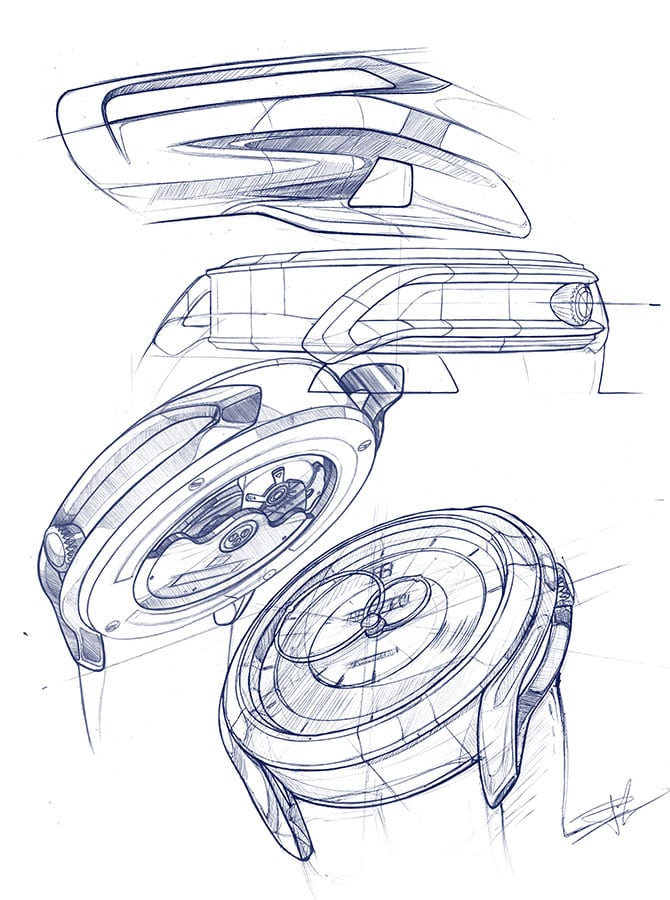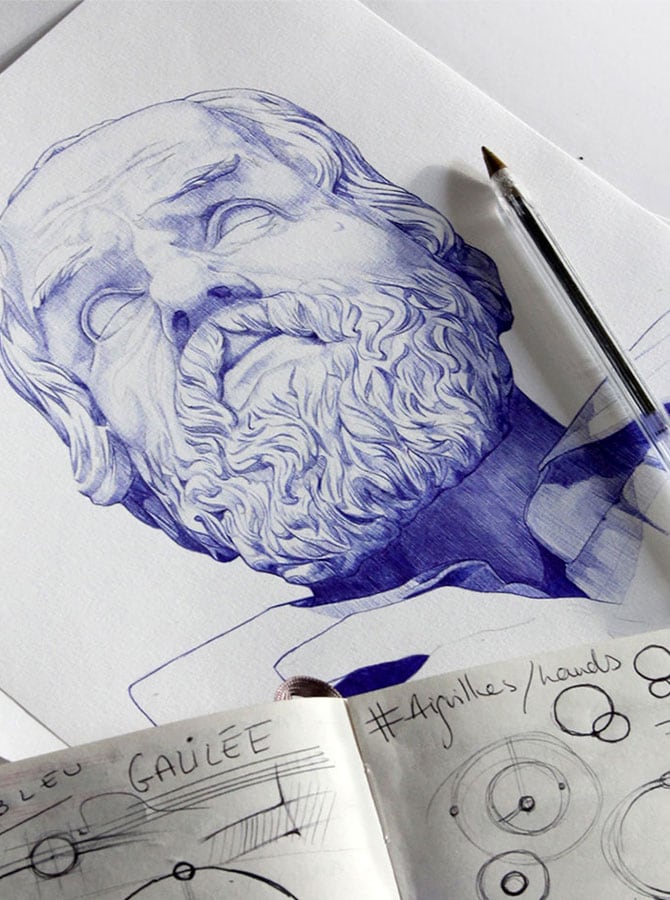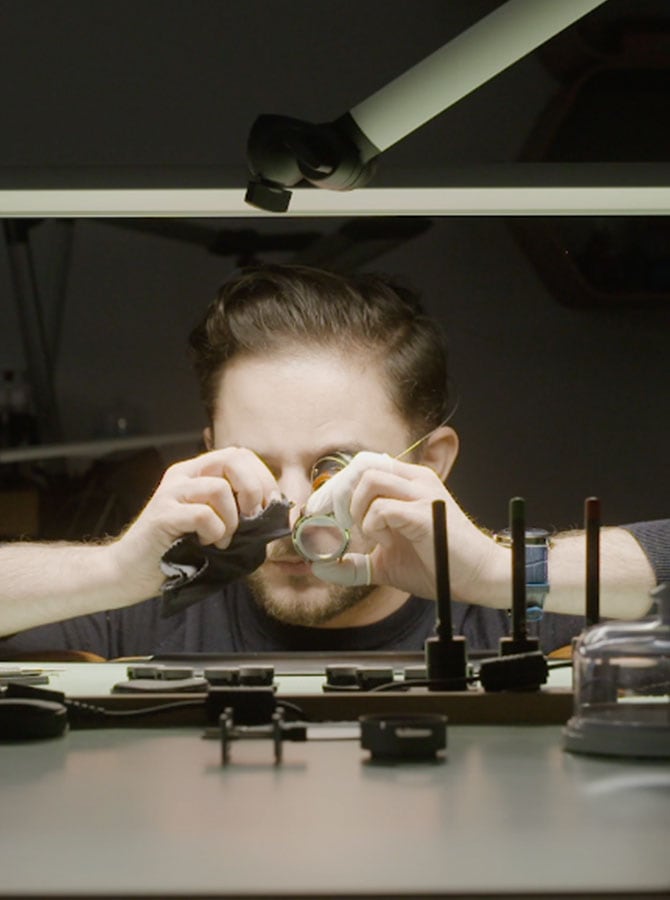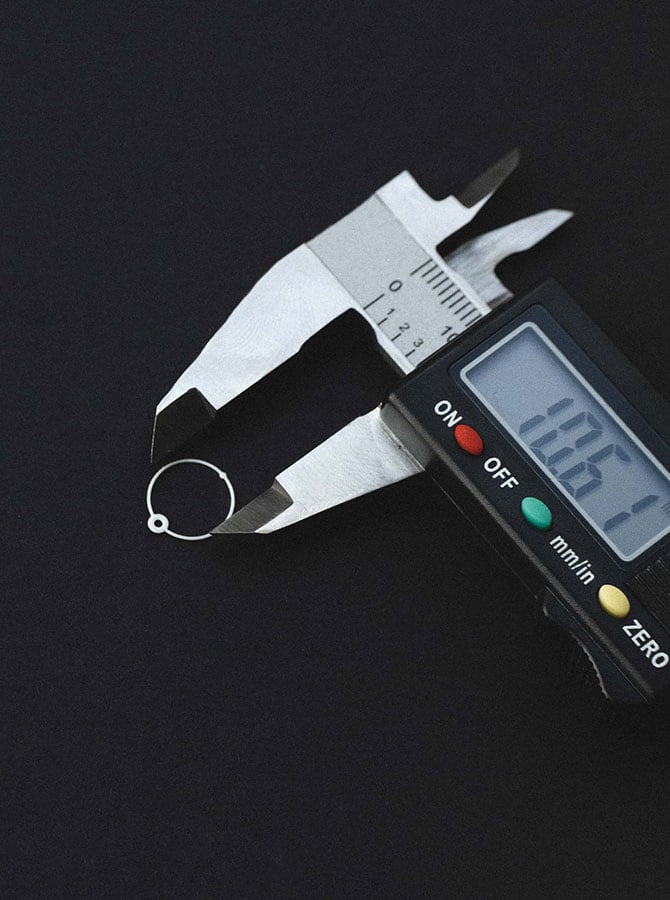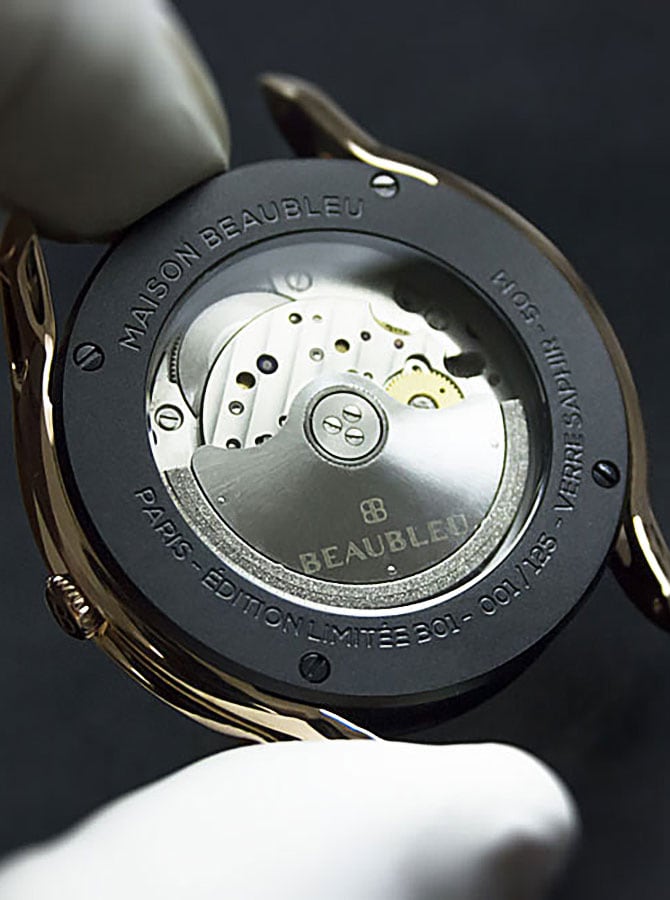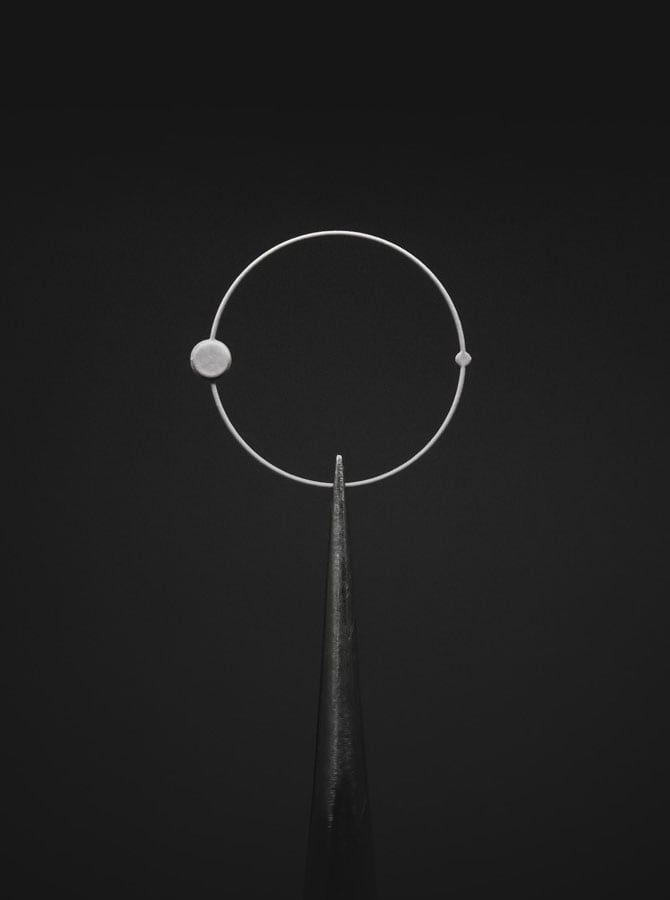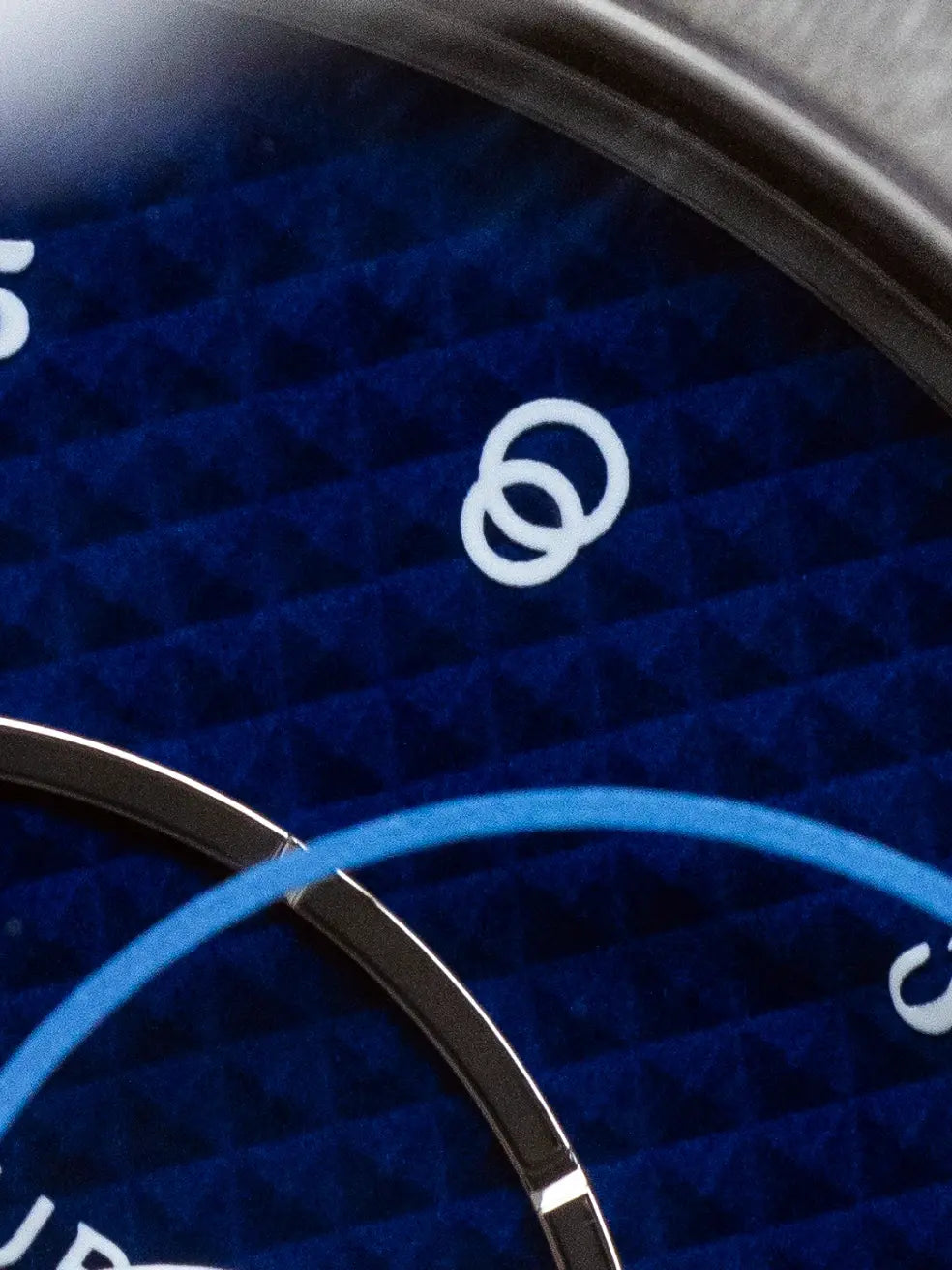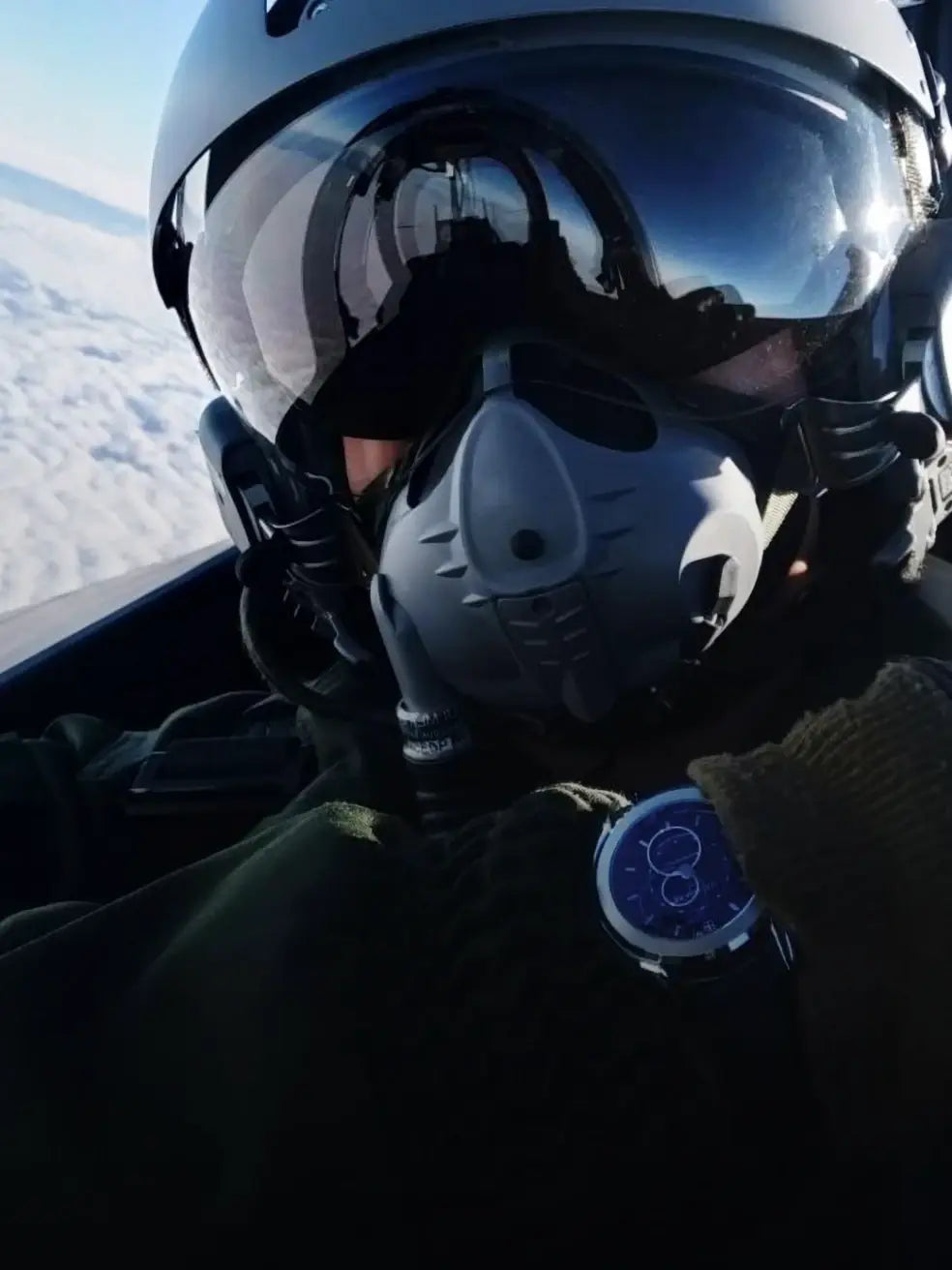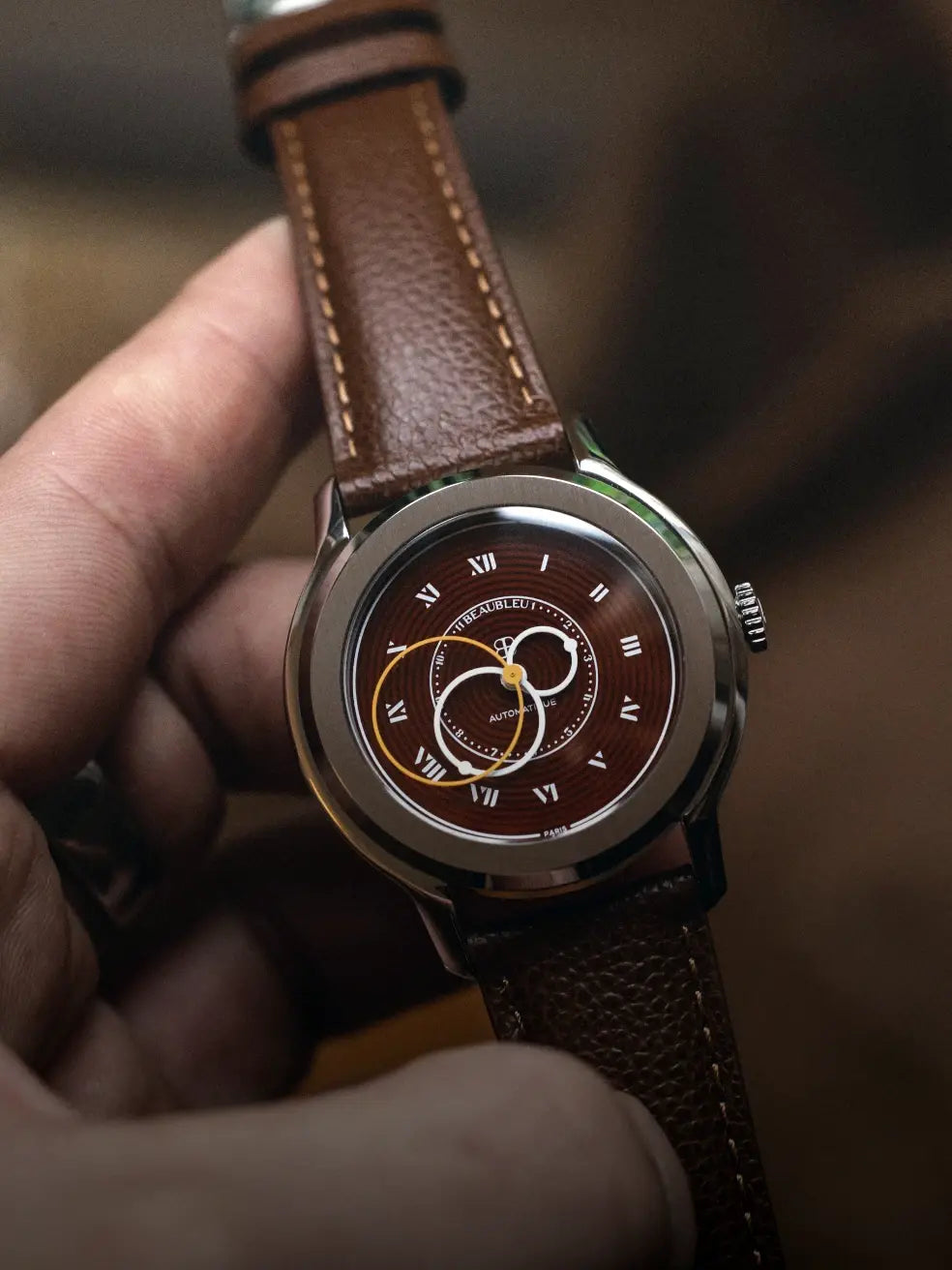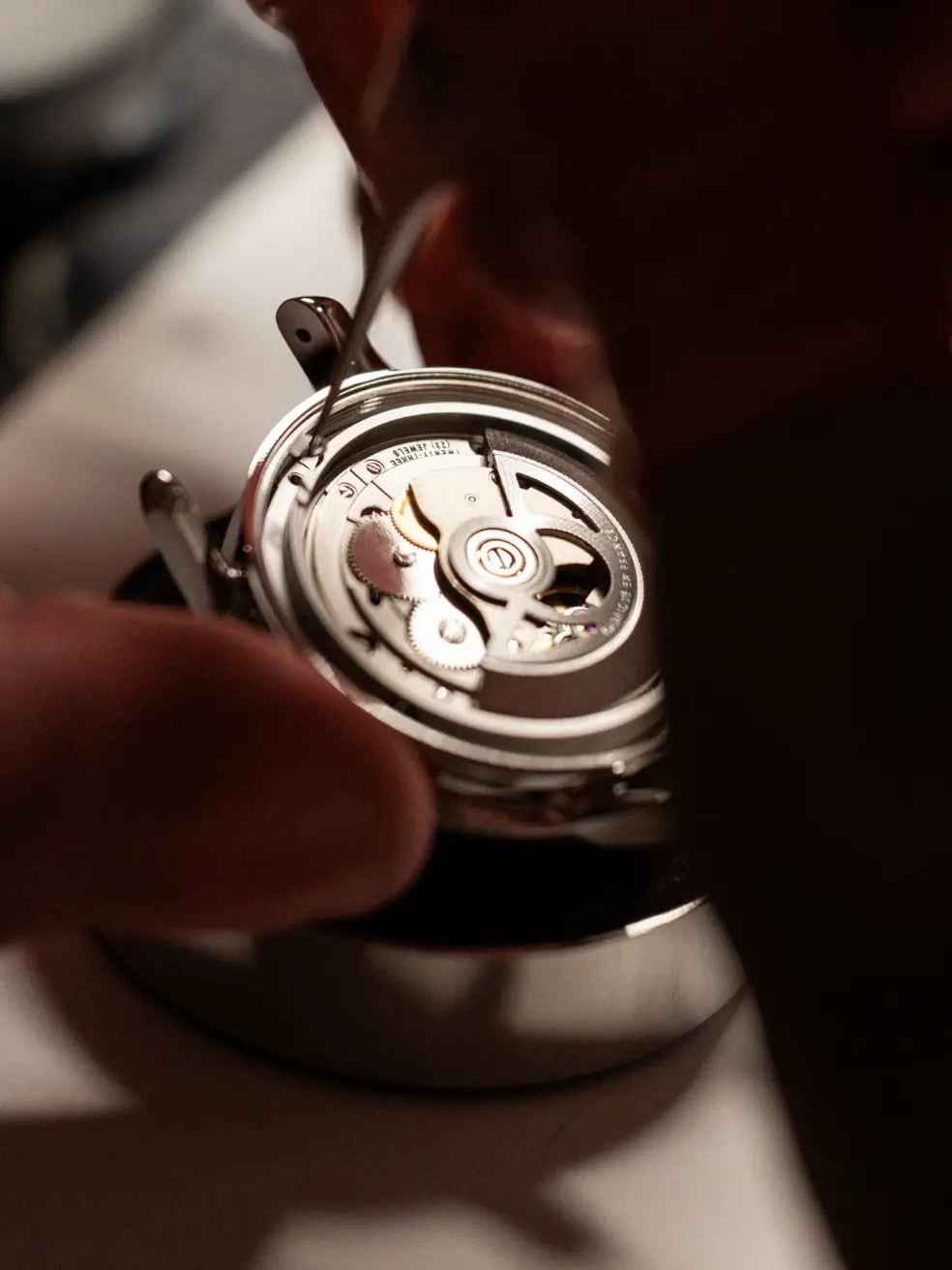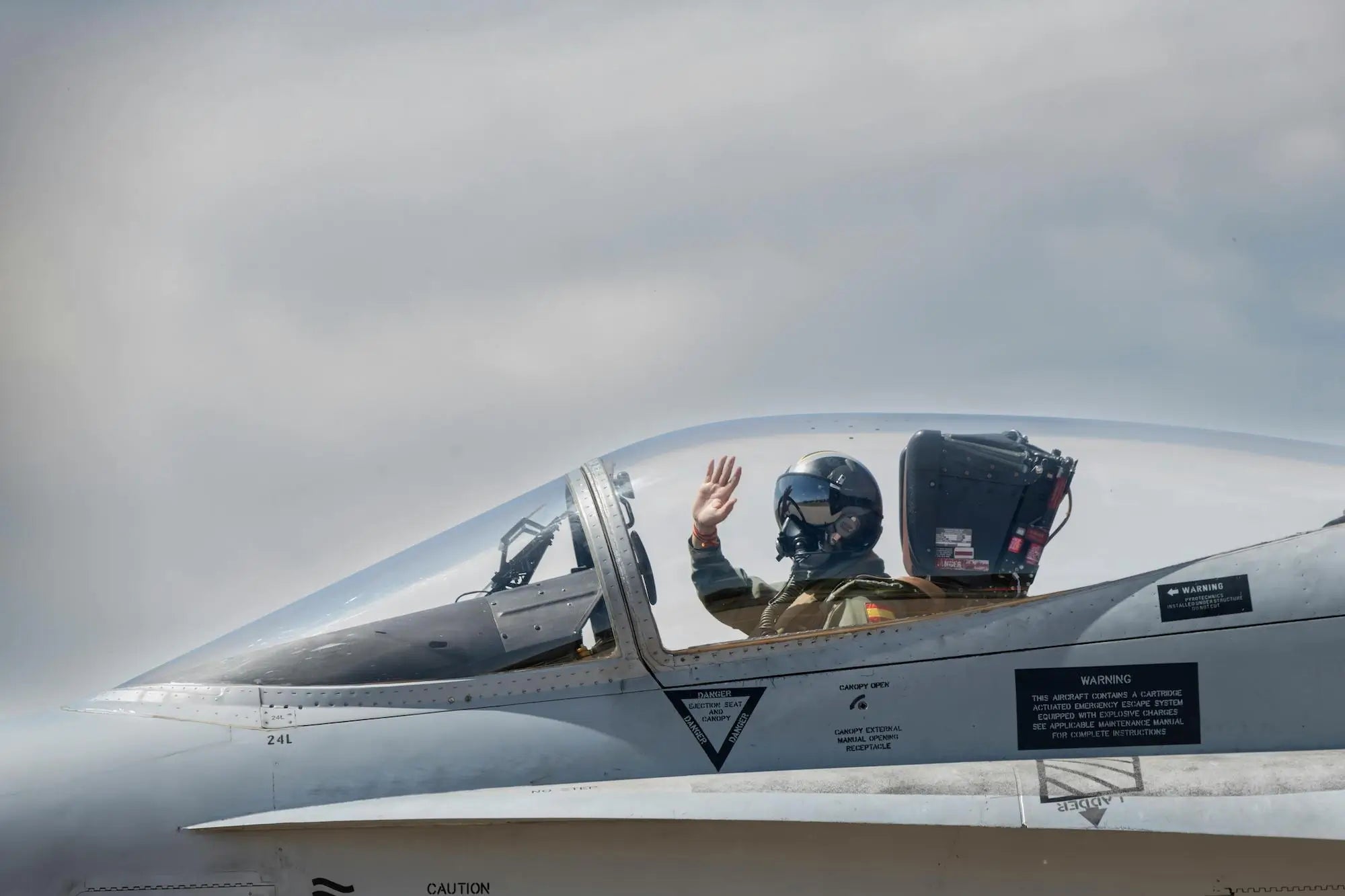
The history of pilot watches: from the cockpit to everyday life
Did you know that pilot watches are among the most popular models in the world? Their design, initially conceived to meet the strict requirements of aviation, has stood the test of time to become a popular everyday accessory, particularly with the essential leather watch strap. The evolution of these timepieces, both technically and aesthetically, bears witness to a rich and fascinating history, closely linked to the rise of aviation and the quest for precision and reliability.
The origins of pilot watches
At the beginning of the 20th century, the nascent aviation industry required precise and reliable time measuring instruments. Pilots needed watches that offered optimum readability and were resistant to the extreme conditions encountered in flight. This is how the first pilot's watches were born, characterized by large dials, luminescent numerals and oversized crowns that made them easier to handle while wearing gloves.
One of the first notable developments was the adoption of the bracelet, allowing faster access to the time in mid-flight. Very quickly, the metal strap was replaced by leather, more comfortable and better suited to long hours of air navigation. Leather, a natural and supple material, offered better comfort and greater resistance to variations in temperature and pressure.
Technical and aesthetic evolution
Over the decades, pilot watches evolved to incorporate advanced features such as the chronograph, slide rule and multiple time zones. These complications met the growing needs of aviators in terms of navigation and precision. The pilot watch became a real on-board tool, essential for calculating distances, speeds and headings.
Alongside these technical advances, the aesthetics of pilot watches underwent a significant transformation. While early models were often equipped with fabric or metal straps, the need for comfort and adaptability to extreme conditions quickly led to the adoption of leather. This material, both flexible and resistant, proved ideal for long hours of flight, offering a secure and comfortable fit. More than just a functional accessory, the watch leather has thus become a symbol of elegance and refinement, reflecting the spirit of adventure and the audacity of the pioneers of aviation.
Adoption by the general public
After World War II, pilot watches gained popularity among the general public. Their functional design and association with aviation, a symbol of freedom and adventure, appealed to many watch enthusiasts. The leather watch, in particular, became a distinctive element, bringing a touch of sophistication and versatility, making these watches suitable for both formal and informal occasions.
The essential features of pilot watches
Pilot watches share certain key features that set them apart from other timepieces:
-
Optimal readability : A clean dial with large Arabic numerals and luminescent hands for easy and quick reading of the time, even in low light conditions.
-
Ruggedness : A housing resistant to shock, vibration and pressure variations, usually made of stainless steel or titanium.
-
Special features : Some watches include chronographs, slide rules, anti-magnetic mechanisms or GMT functions to display multiple time zones.
A leather watch is often favored for its versatility, comfort, and timeless aesthetic. It is equally suited to professional environments as it is to more casual outings.
The leather watch strap: a timeless choice
The leather strap is also inseparable from the image of pilot watches. Beyond its aesthetic aspect, it offers several advantages:
-
Comfort : The leather adapts to the shape of the wrist, providing a comfortable fit, essential for long hours of flight or for everyday use.
-
Durability : A well-maintained leather watch will withstand wear and tear and can last for years, even decades. Leather is a durable material that improves with age.
-
Aesthetics : Leather brings a touch of elegance and tradition, making the watch versatile for various occasions. There is a wide variety of leathers, colors and finishes to personalize your watch.
Today, leather straps come in a variety of finishes and colors, allowing everyone to customize their leather watch according to their preferences.
From smooth leather to grained leather to nubuck, the choice is vast to suit varied tastes and styles.
Pilot's watches in popular culture
Pilot watches are not only precision instruments; they have also become symbols of style and adventure, often associated with heroes of films and novels. Their presence on the wrists of iconic characters has helped to forge their image as robust and elegant watches.
In the world of watch enthusiasts, a leather watch is often chosen for its connection to tradition and its unmatched comfort.
Leather strap maintenance
To maintain the elegance and durability of a leather watch, regular maintenance is necessary. Here are some tips to preserve its appearance and suppleness:
-
Avoid water and moisture : Unlike metal or rubber bands, leather is sensitive to water. Excessive exposure may cause it to harden or crack.
-
Clean regularly : A soft, slightly damp cloth can remove accumulated dust and perspiration.
-
Use a nourishing balm : Occasionally applying a specific leather care product helps to preserve its suppleness and shine.
-
Alternate straps : To avoid premature wear, it is recommended to have several straps and to change them regularly.
A well-maintained leather watch can maintain its elegance and comfort for many years, making it a durable and refined choice.
Current trends in pilot watches
While pilot watches retain their timeless design, they now incorporate modern technologies. Contemporary models combine tradition and innovation, with high-precision automatic movements, advanced materials such as ceramic or carbon, and connected functions.
At the same time, leather straps are also evolving, with special treatments to improve their resistance to water and wear. There are also exotic leathers, such as alligator or ostrich leather.
A modern leather watch is therefore much more than just an accessory; it reflects a lifestyle and an appreciation for quality watchmaking.
Pilot watches have evolved from the cockpit to everyday life, retaining their essence while adapting to current trends. A leather watch, an iconic element, continues to play a central role in their appeal, offering comfort, durability and elegance. Whether you are an aviation enthusiast or a lover of fine watches, the leather strap is a timeless and refined choice.
So, whether to honor the legacy of aviators or to assert one's style, the leather watch remains a symbol of sophistication and adventure. A timepiece that spans the ages, combining history, performance and aesthetics.
